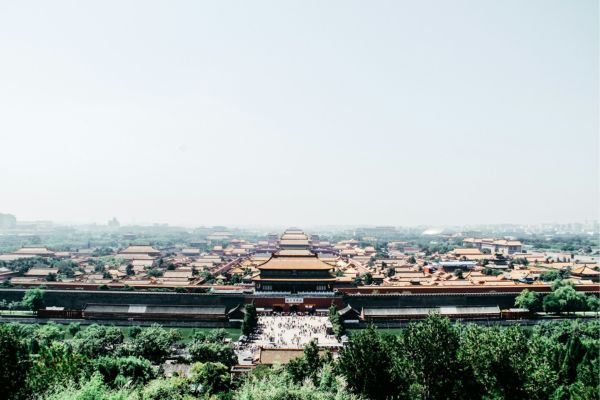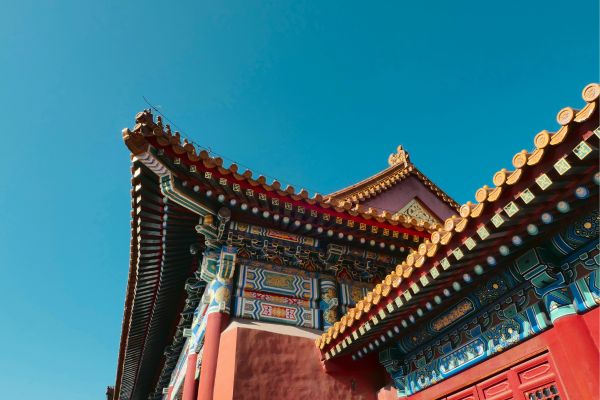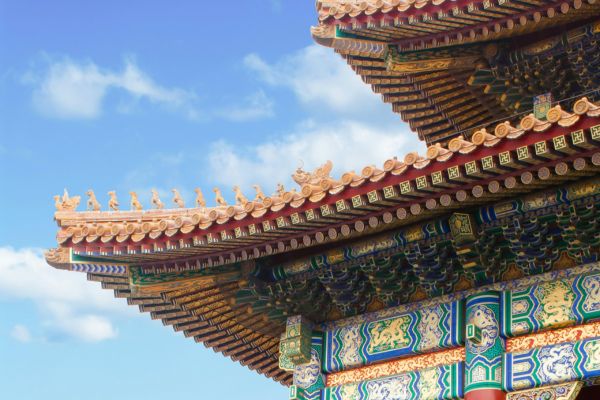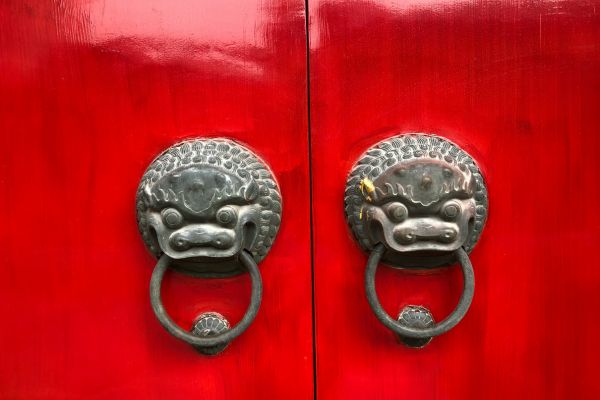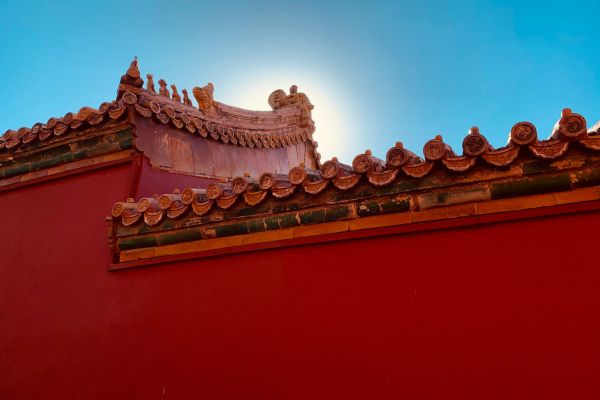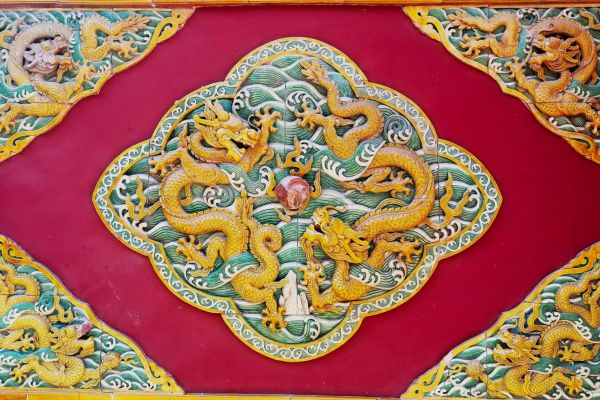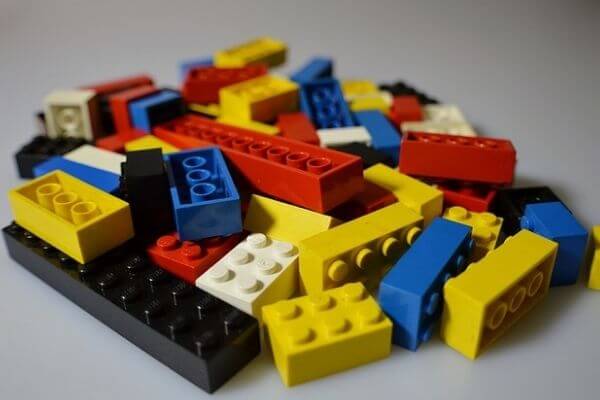
'Yes, LEGO toys can be copyrighted as artworks', says Shanghai High People’s Court in a criminal copyright infringement case in 2020, marking the latest judicial policy in IPR protection over decades.
In a case at the end of 2020, nine defendants were sentenced to fixed-term prison and a fine for reproducing and distributing LEGO’s copyrighted artwork for profit without the permission of the copyright owner, which constituted copyright infringement crime. This is the latest litigation of LEGO’s multiple lawsuits in China in the past 20 years.
By tracking the changes in judicial opinions from these LEGO-related lawsuits, we may observe the progress in the protection of intellectual property rights in Chinese courts.
1. Introduction of the Case in 2020
On 29 Dec. 2020, Shanghai High People’s Court (“Shanghai High Court”) concluded a case involving the imitation of LEGO toys (“the 2020 Case”).
The defendant, in this case, is suspected of illegally reproducing and distributing LEGO toys, involving a total of 330 million yuan.
Shanghai High Court, as the court of the second instance, rejected the defendant’s appeal and upheld the original sentence. Accordingly, Defendant Li was sentenced to six years in prison for copyright infringement crime and a fine of 90 million yuan; the other eight defendants were sentenced to fixed-term imprisonment ranging from four years and six months and three years with corresponding fines.[1]
LEGO is a renowned Danish toy company, mainly manufacturing construction toys, namely models composed of interlocking bricks, gears, mini-figures, and various other parts. In this post, they are collectively referred to as “LEGO toys”.
Prior to this, LEGO had also filed several lawsuits in China for plagiarism problems. However, Chinese courts have different attitudes towards whether LEGO toys can be protected by copyright law in different cases.
This post aims to sort out and evaluate the changes in the attitudes of Chinese courts.
2. LEGO’s Copyright Infringement Litigation in China
To seek protection of copyright in China, LEGO once claimed that LEGO toys constitute works of applied art, and later changed to claim its toys constitute artworks in the following cases. It was not until the 2020 case that the latter claim was supported by Chinese courts.
(1) The 1999 Case: Do LEGO toys constitute works of applied art?
The first litigation that LEGO brought in China was the case in 1999, where Interlego AG v. Coko (Tianjian) Toy Co. Ltd. et al.[2]
In this case, the Claimant Interlego Company was a Swiss Company which was authorized with the relative intellectual rights of LEGO toys. Interlego Company claimed that LEGO toys constituted works of applied art and thus should be protected by Chinese courts in accordance with the Berne Convention.
Beijing High Court held that some of the LEGO toys constituted works of applied art.
China and Switzerland are both contracting parties of the Berne Convention. In accordance with Article 2 of the Berne Convention, the literary and artistic works protected by the Convention include works of applied art, but the Convention and its guidelines do not provide specific elements of defining works of applied art.
Besides, Chinese Copyright Law and its implementing regulation do not stipulate works of applied art in the types of works, so there is no formal definition of works of applied art in domestic laws.
Therefore, Beijing High Court distilled three elements to define works of art in the trial, namely, the disputed object constituting a work (that is, possessing originality and reproducibility), possessing practicality and artistry.
Accordingly, Beijing High Court held that among the 53 pieces that Interlego filed for protection, 3 pieces were common shapes and did not possess the characteristics of works, and the other 50 pieces constituted independent works.
Among the 50 pieces, 17 pieces were created based on common objects, which were of low artistic quality and were not substantially similar to the defendant’s works; the other 33 pieces were substantially similar to the defendant’s related works, and they were similar in the original part of the work.
Therefore, the court held that the above 33 toy pieces of Interlego Company constituted works of applied art, and the relative works of Coko Company infringed its copyright.
(2) The 2013 Case: Do LEGO toys constitute artworks?
The second copyright infringement case filed by LEGO in China was a dispute over copyright infringement with Guangdong Xiaobailong Animation Toy Industry Co., Ltd. (“Xiaobailong Company”).[3]
The case went through the first instance, second instance, and retrial by the Supreme People’s Court (SPC), and was concluded in 2013.
In this case, LEGO claimed that its toys constituted artworks, and Xiaobailong Company’s illegal reproduction infringed on its copyright.
In the retrial, the SPC held that LEGO toys did not constitute artworks, and thus were not under the protection of copyright.
The focus of this case was whether LEGO toys satisfied the originality requirements provided for by the copyright law for artworks.
The LEGO toys in this case were mainly square frustum, square with a convex, rectangle solid, tetrahedron, arc and holes, or their combination. All of them were commonly used in daily life. Their main function was to realize the insertion or connection with other bricks. LEGO toys were limited by their practical functions and seldom demonstrated the author's independent ideas and choices, thus lacking the basic requirements of copyright law for originality.
Accordingly, the SPC held that the relative toys did not possess the originality that was necessary for artworks prescribed by the Copyright Law.
(3) The 2020 Case: LEGO toys constitute artworks
The above opinion of the originality changed in the 2020 Case about LEPIN counterfeiting LEGO.
In the case, the Shanghai High Court held that according to the Copyright Law and related regulations, artworks refer to paintings, calligraphy, sculptures, and other artistically significant flat or three-dimensional plastic artworks composed of lines, colors or other methods. The expressions carried by LEGO toys are all independently created by LEGO, which has originality and unique aesthetic significance. Therefore, the assembled three-dimensional models belong to the category of artworks protected by Chinese Copyright Law.
3. Whether Building Blocks be the Object of Copyright in China?
It can be seen from the cases that building blocks are most likely to be protected by constituting artworks in China’s copyright law, but they must possess a certain degree of originality.
It is a consistent policy of China’s Copyright Law to protect works of applied art that are now classified as artworks. In the 1999 Case and the 2013 Case, the parties and the courts mainly considered whether the LEGO bricks could constitute a work of applied art classified as a work of art.
Since neither the Berne Convention nor China’s copyright legislation provides precise requirements for works of applied art, Chinese courts generally hold that the works of applied art must satisfy the following conditions.
First, the practical function part and artistic part of works of applied art can be separated.
For example, in a 2014 case, Beijing High Court held that the Copyright Law only protects the original expression of ideas, but not elements such as ideas and practical functions. Therefore, when determining whether a three-dimensional model constitutes a work of art, the court should exclude the components determined by its practical function before judging whether the independent artistic expression is original.[4]
Second, the artistic parts of the works of applied art possess originality.
Third, the works of applied art should possess a certain degree of artistry.
In accordance with the 2013 Regulation for the Implementation of the Copyright Law, artworks refer to paintings, calligraphy, sculptures, and other artistically significant flat or three-dimensional plastic artworks composed of lines, colors, or other methods. Therefore, works of applied art also need to reach a certain degree of artistry.[5]
Therefore, in the 2013 Case, the courts held that some of the LEGO toys adopted common shapes in life, and their shapes were subject to the needs of splicing the building blocks, which were of low originality.
However, in the 2020 case, the court’s attitude has changed. The court no longer considers whether a single brick constitutes a work of applied art or not, but instead directly determines whether the toy sets made up of bricks can constitute a work of art.
Considering building blocks usually can be spliced into a certain artistic shape, this approach substantially strengthens the copyright protection of building block toys.
We believe that the court’s attitude has changed, reflecting that the Chinese courts are taking strides in enhancing the protection of intellectual property, combating illegal copying and plagiarism, encouraging creation and innovation, and thus contributing to the healthy development of the Chinese toy market.
References:
[1]Shanghai Higher People's Court (2020) Hu Xing Zhong No. 105 Criminal Ruling上海市高级人民法院(2020)沪刑终105号刑事裁定书
[2] Beijing First Intermediate People's Court (1999) Yizhong Zhichuzi No. 132 Civil Judgment, Beijing Higher People's Court (2002) Gaomin Zhongzi No. 279 Civil Judgment.北京市第一中级人民法院 (1999)一中知初字第132号民事判决书,北京市高级人民法院(2002)高民终字第279号民事判决书。
[3] The Supreme People's Court (2013) Minshen Zi No. 1262 Civil Ruling.最高人民法院(2013)民申字第1262号民事裁定书。
[4] Beijing Higher People's Court of Second Instance (2014) Gao Min (Zhi) Zhong Zi No. 3451 Civil Judgment. Similar views can be found in the Civil Judgment of the Second Intermediate People's Court of Beijing (2006) Erzhong Minchuzi No. 7070, and the Civil Judgment of Huangpu District People's Court of Shanghai (2014) Huangpu Minsan (Zhi) Chuzi No. 50.北京市高级人民法院二审 (2014)高民(知)终字第3451号民事判决书。类似观点参见北京市第二中级人民法院(2006)二中民初字第7070号民事判决书,上海市黄浦区人民法院(2014)黄浦民三(知)初字第50号民事判决书。
[5] Guangzhou Guanyimei Trading Co., Ltd. and Guangzhou Xinzu Cosmetics Co., Ltd. Infringement of the copyright of applied art works. Guangzhou Intellectual Property Court (2017) Yue 73 Minzhong No. 537 Civil Judgment.广州冠以美贸易有限公司与广州新族化妆品有限公司侵害实用艺术作品著作权纠纷案 广州知识产权法院(2017)粤73民终537号民事判决书。
Contributors: Yanru Chen 陈彦茹

